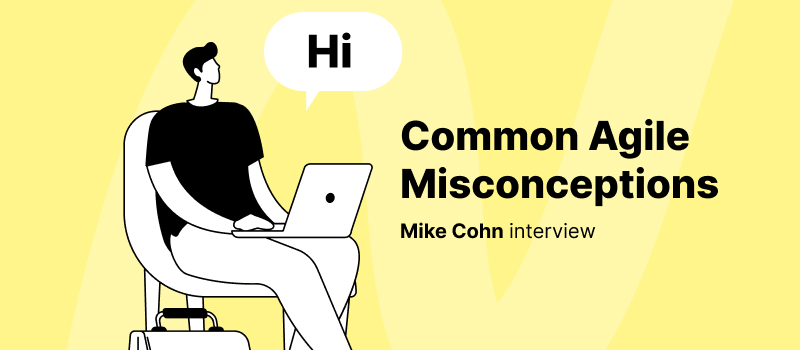
When your employees are gradually leaving your organization, that shows that you ignore employee engagement.
A report by Gallup indicates that high performing employees have three things in common: talent, high engagement, and 10+ years of service within the company. This means that employees become more productive and stick to organizations where they are effectively engaged.
In this post, we will share the four ways that employee engagement can increase team productivity.
However, before we jump right in…
What Is Employee Engagement?
According to ToolBox, employee engagement is the emotional investment employees make in their organizations. It is the passion, involvement, and motivation they bring to work, which they use to guide their work.
Engaged employees identify with the goals of the organization and align their own goals with the organization’s goals. These employees bring about higher profitability, increased customer scores, less absenteeism, and lower turnover.
Again, an estimate from Gallup headlined that actively disengaged employees cost organizations between $483 billion to $605 billion each year in lost productivity. To steer clear of this loss in your company’s revenue, here are four ways that employee engagement can increase team productivity.
1. Encourage Positive Relationship Drivers
To drive positive employee engagement, organizations must encourage healthy relationship drivers.
Since today’s digital workplace breeds fewer physical relationships, virtual interaction should be conducted with emotional intelligence. So when one of your employees feels the need to stay off the camera in a video meeting, you will be human enough to consider allowing it.
Positive relationships build trust, help your employees to understand how the organization policies support them, and how they fit into your future plans. It also helps them see how the organization is set to make them successful.
With this mindset, employees become ready to receive feedback and advice from their line managers. They indirectly get approval to accomplish their job and make certain decisions that favor the organization.
Positive relationships become more interesting in situations where the employee doesn’t have frequent interaction with the top executives, but they are getting great accolades from them. For example, line managers telling an associate employee that the CEO was very fascinated by her creative delivery in the brand report. Commendations like that boost confidence and work ethic.
2. Leverage Technology Tools
When your employees have the right psyche to work, next is for you to provide the necessary tools to do their jobs well. This mix increases productivity.
Leveraging technological tools for your employees’ engagement might just be your headway to growth. This includes everything from policy management software, project management and collaboration tools, communication, scheduling, storage, and file-sharing tools. Technology tools are a must for your adoption.
Can you imagine the relief of scheduling emails or getting a reminder to check a colleague’s response to your email? That means you can draft pending replies during non-office hours and schedule them to deliver during work hours.
Google suites, such as Calendar, help you track your meetings, and Drive enables you to maintain a single version of your documents across all your devices and makes your job easier to jump on anytime with your colleague.
Time trackers, such as actiTIME, allow for effortless progress monitoring and foster higher performance accountability. Asana and Trello make your project management seamless with other colleagues following through individual milestones and deliverables. And as an additional option for team communication, you may use Slack – a tool with group and personal messaging, light file sharing, and other apps integration.
With these tools, employees can interact, collaborate, brainstorm on ideas, and create masterpieces to move your organization forward. Besides, many of these tools often make their basic features free.
3. Employ Constructive Criticism
Revealing employees’ vulnerable positions kills confidence. And this is bad for productivity. You shouldn’t make obvious your employee’s weaknesses; use the constructive criticism approach to direct them instead.
So instead of yelling at or capitalizing on your employee’s fault, why not emotionally wrap that complaint in praise? What this means is that you begin your feedback with positive comments, and followed by the weakness, then end with more plaudits.
For instance, you’d say:
“Wow! I like this report. I’m deeply fascinated by that visualization. But I would rather you did a regression analysis of time and pricing. I think that will provide more insight. Be sure to invite Jude and look through the data together. By fixing that, this report will be great. Overall, an awesome job I see here. Nice one, Dorathy.”
This simple statement eases the employee’s ego, increases engagement, boosts confidence, and opens the opportunity for improvements.
4. Measure Employee Productivity
To identify the increase in employees’ productivity, you need to measure and spot the difference over a period of time. Most technological tools record data that are useful to track progress, and using them to measure employees’ productivity serves as a talking point for engagement. It helps line managers better manage their team and ensure efficient programmatic delivery.
So, when the managers collate the team’s progress data, they engage their team, share tips, and receive instant feedback for improvements. Not all employees are the same, so rather than just engaging in discourse without objectivity, they want the numbers, not anecdotes to show their performances. Many employees are not receptive to feedback when they see reasonable performance data.
Also, you might want to have different strategies to measure employee performance, maybe based on the departments. While the time tracking and project management software data might be the right strategy to track the financial analyst, a profit/productivity strategy might be the game for a creative.
Summary
In today’s workplace, where notifications fight for our time, building an engaging work environment can be a chore. However, with the right ways of work-centric behavioral patterns and tools, you can engage your employees and be more productive.
Just ensure you encourage positive relationships amongst your employees, leverage tech tools, and criticize constructively, and measure relevant performance indicators.
This article was written for us by Owen McGab Enaohwo, the CEO and Co-Founder of SweetProcess



















































